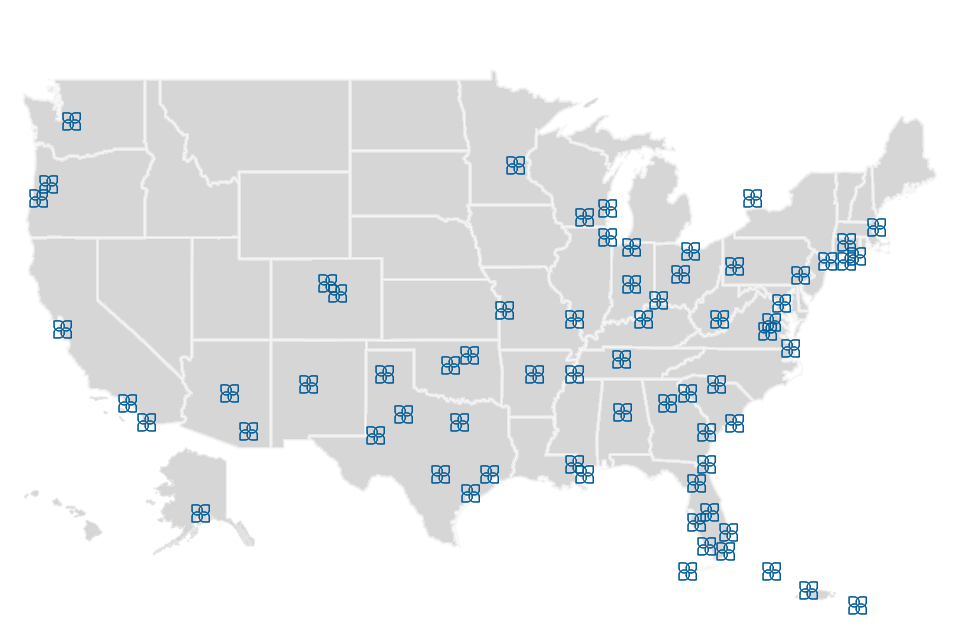Q&A with Lou Plasencia, The Plasencia Group by Nicole Carlino (Hotel Business)
View PDF Version
_____________
Lou Plasencia, chairman and CEO of The Plasencia Group, is a 33-year veteran of the hospitality industry. Here, he gives his take on the cycle, buyers and sellers, and the transactions market.
Looking at the next 18-24 months, how bullish are you? The investment outlook for hotels remains very positive in that transaction volume is increasing and cap rates have thus far remained stable. With the improving national economy, profit margins should continue to increase.
The wage increases, bonuses and tax cuts that are making their way into Americans’ wallets have had an almost immediate effect on the lodging sector. The greatest impact has been to the leisure transient segment. The tax reform package is also expected to stimulate the corporate transient segment in the second half of 2018.
The one area in which hotel operators have been stymied is that of increasing expense loads. Hotels across the U.S. are experiencing surging labor and insurance costs, as well as increasing property tax assessments.
On the investment front, the challenge that lodging is experiencing right now is that traditional deep-pocket hotel investors—equity funds, life companies, and the like—are, for the most part, just dabbling in hotels today. When compared to multifamily, which is on fire, hotels are way behind. All the talk about being at the end of the cycle that is keeping major investors away has been just that: all talk. The fact is that operating fundamentals are pointing to continued industry growth. REITs and private equity firms that passed on investment opportunities two years ago because they thought they were late to the game are now lamenting that decision. We firmly believe these larger institutional investors—the ones that traditionally drive volume—are still missing out on great acquisition opportunities in lodging.
How would you describe this cycle compared to others the hotel industry has seen in recent decades? This is my fourth economic cycle in the real estate industry, and this one is very different from the last two that were impacted by catastrophic events, namely 9/11 and the Great Recession. This cycle is more akin to the expansive cycle that we saw prior to 9/11, when lodging experienced over nine straight years of positive growth. At that time, new room inventory was also growing at almost twice the pace we see today. This current cycle is actually a very good one.
How would you describe the transactions market? In past cycles, REITs and private equity firms have been the most aggressive buyers. REIT and private equity investment in hotels and resorts has been more muted of late. They have also spurred a lot of large portfolio and M&A deals. Given that these two investor types have been much quieter, we will instead see a greater share of one-off deals. The cadre of private investors also portends more one-off deals.
Have there been any changes in the types of investors you’re seeing? We have definitely seen a change. We have many more relationships today with private, high-net-worth and family office investors seeking lodging assets. These investors are much more focused on wealth preservation and asset value appreciation over time. They’re much more comfortable with a good cash-on-cash return in the mid to high single digits than institutional money managers. Private and family office investors get the comfort and the consistency they seek in stable historical hotel P&Ls. They believe they can get stronger risk-adjusted yield out of a hotel than an apartment building or from the stock market.
What are the biggest mistakes hoteliers make when they’re looking to sell? Conversely, what mistakes do buyers make? Institutional or fund-life owners are fairly disciplined about their hold periods. More entrepreneurial hoteliers, however, tend to try to time the market and they end up passing up great opportunities. We would always recommend selling on an economic upswing rather than waiting until the last moment in the cycle, which is usually when investor interest begins to taper off. Given the dearth of quality assets on the market today, this is a great time for owners to maximize proceeds.
Buyers are also guilty of timing the market. Many investors have held off on acquiring because they didn’t want to get in late in the cycle. We have now had buyers tell us, on multiple occasions, that their definition of “late in the cycle” has proven to not be so late.
What types of properties are investors interested in? Why? The bulk of investors today are primarily seeking stability in performance. They are somewhat less apt to invest in value-add opportunities. There is less of a focus on the bicoastal strategy or the Top-25 strategy, as investors are acquiring well-performing properties all over the country. They seek stable yield over pretty much anything else.
Is it difficult to find quality assets? The better assets are certainly there to be had with a diligent acquisition target process. Many of the larger deals we’re working on are being transacted on an off-market basis. This allows to seller to retain discretion should the deal not materialize, and it also typically yields premium pricing since the buyer prefers to avoid an auction process.
Are there any markets that you’re keeping a close eye on? The list of so-called “challenged markets” is shrinking daily. There are still several markets reeling from new supply or catastrophic events but, for the most part, hotels are performing well across the country. Most urban Northeast corridor cities remain attractive. The Southeastern United States is booming, with Florida being red hot. Virtually every market in the Southwest and Mountain regions is strong. And the West Coast is also appealing, although taxes and labor costs continue to pose challenges there.
Look at markets where American, Delta, Southwest and United are adding capacity. Research states and cities where taxes are being lowered. Those are areas that are most likely to generate greater profits for investors for the next several years.


